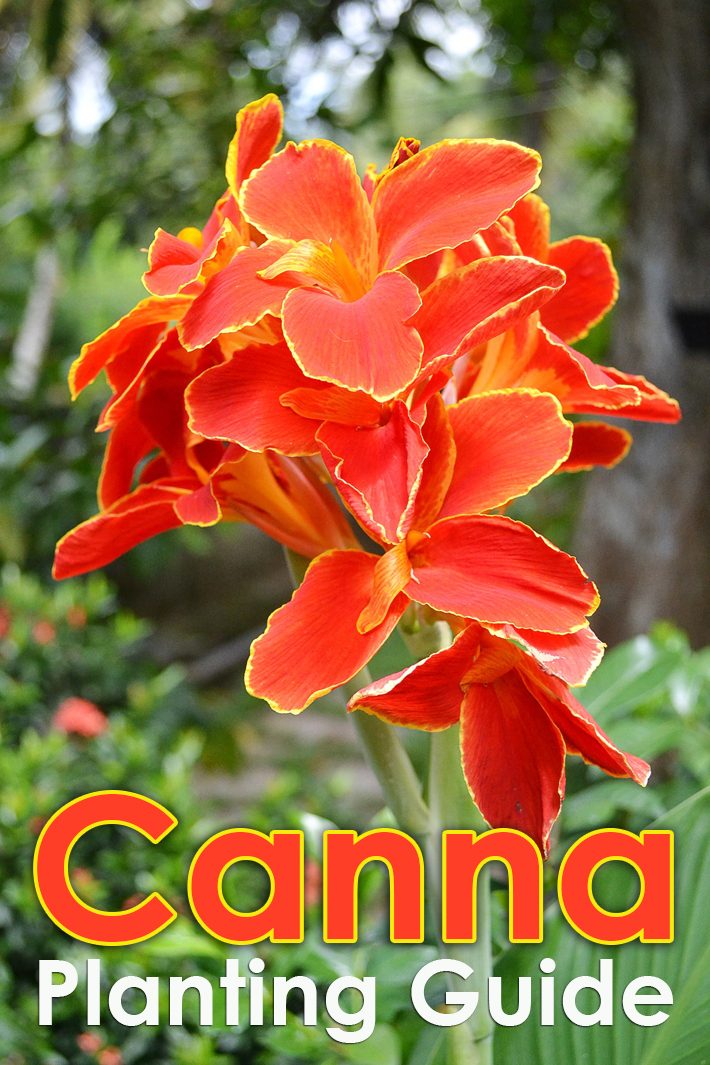
Canna Planting Guide
Cannas are lush tropical plants with huge leaves and vibrant blossoms on tall stalks. Many varieties have multicolored and patterned leaves, making them a season-long focal point.
Sometimes called “canna lilies” these perennials are unrelated to true lilies. They come in a vast variety of color and boast immense, often-veined, paddle-shaped leaves and sheathing leafstalks in shades of green or bronze.
Site Selection
Select a site with full sun and moist soil. Tall varieties should be sheltered from strong winds.
Planting Instructions
Plant canna rhizomes in spring after all danger of frost has passed and the soil has warmed. Prepare the garden bed by using a garden fork or tiller to loosen the soil to a depth of 12 to 15 inches, then mix in a 2- to 4-inch layer of compost. Dig a hole 4 to 6 inches deep. Set the rhizome horizontally in the hole, cover it with soil, and press firmly. Space rhizomes 1 to 4 feet apart, depending on the variety. Water thoroughly. In regions with short summers, start rhizomes indoors by potting up and placing them in a warm, sunny location.
Care
Apply a 2- to 4-inch layer of mulch around cannas to retain moisture and control weeds. Cannas prefer consistently moist soil, so water plants during the summer if rainfall is less than 1 inch per week, and water container-grown plants frequently to keep soil moist. Stake tall varieties to keep them upright. Remove flowers as they fade. In autumn, after frost kills the foliage, cut plants back to 6 inches tall. Carefully lift each clump of rhizomes and put them in a plastic-lined box filled with perlite or peat moss, spacing them so that none are touching. Store boxes off the floor in a dry area at 45 to 55 degrees F. Replant in the spring.
Pests/Diseases
- Slugs, snails, spider mites, and caterpillars may be problems.
- Rust, fungal leaf spot, and bacterial blight are common.
- Bean yellow mosaic and tomato spotted wilt viruses can occur
Overwintering
In mild areas: Plants can be left outside all year in a sunny, sheltered position. However, apply a 15cm (6in) deep layer of mulch in winter and be prepared that there may be losses in very cold or wet winters.
In colder areas: Pot-grown specimens can simply be moved into a frost-free place. Otherwise, lift the rhizomes once the top growth begins to wither in autumn. Cut down the foliage and stems to about 15cm (6in). Remove surplus soil, dry and then store in trays in barely-damp wood vermiculite or multi-purpose compost. Place in a frost-free position for the winter. Little, if any, watering should be necessary.

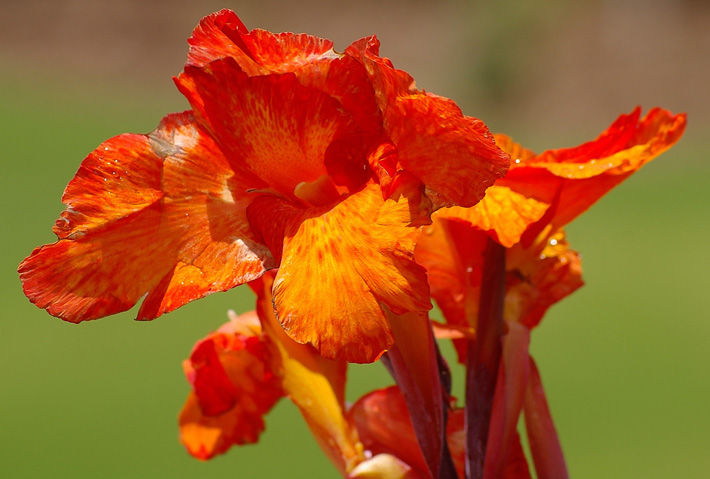
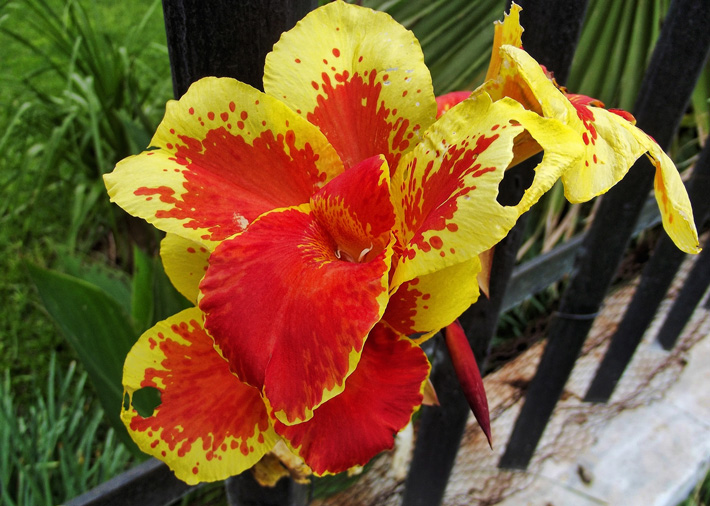
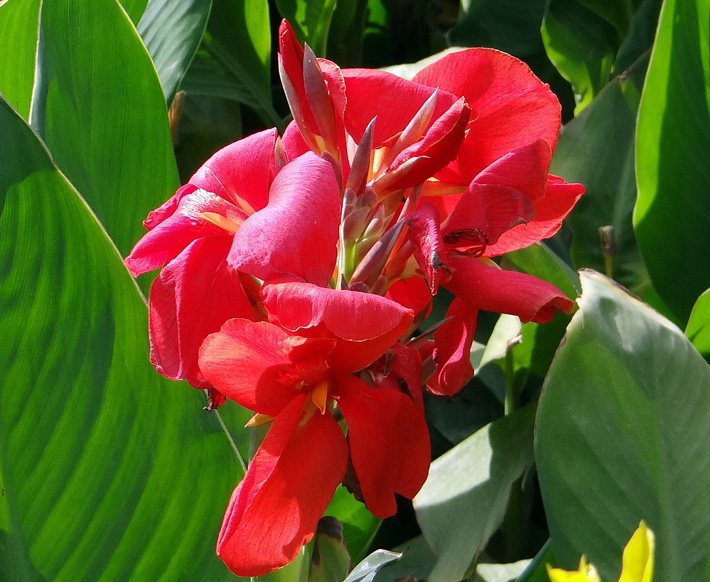
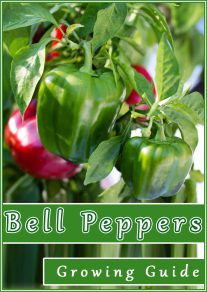

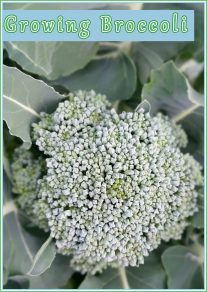
Leave a Reply